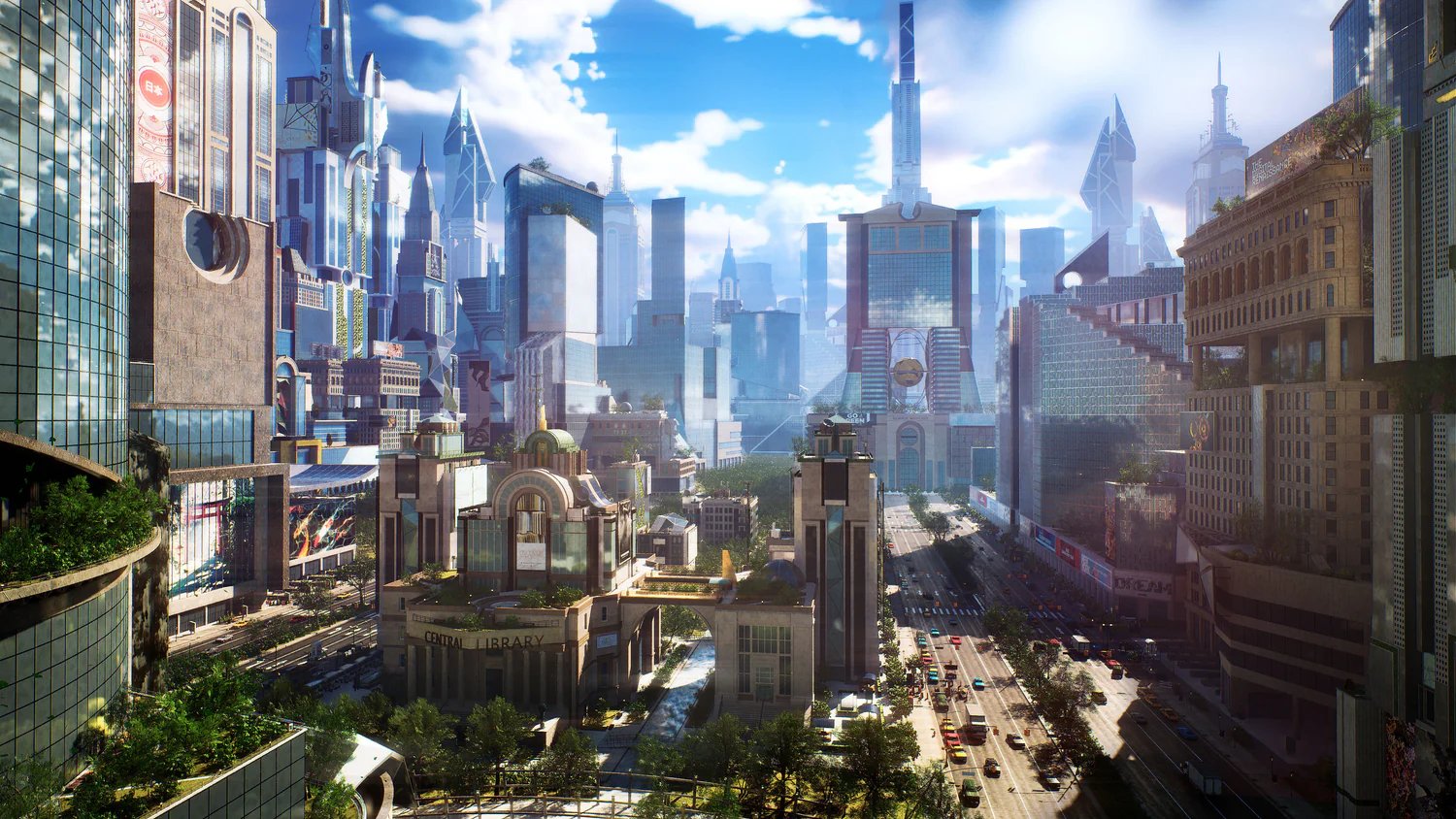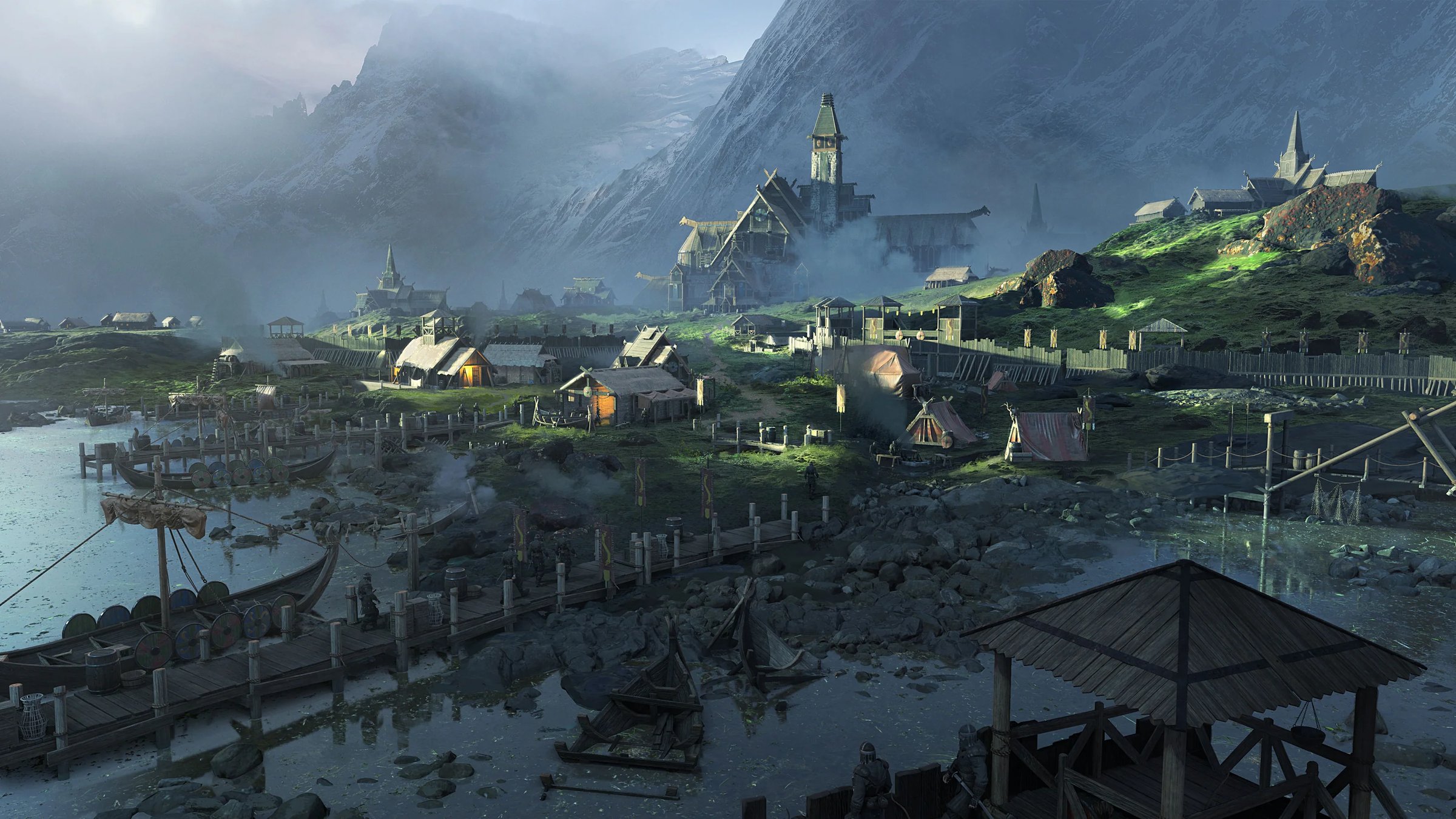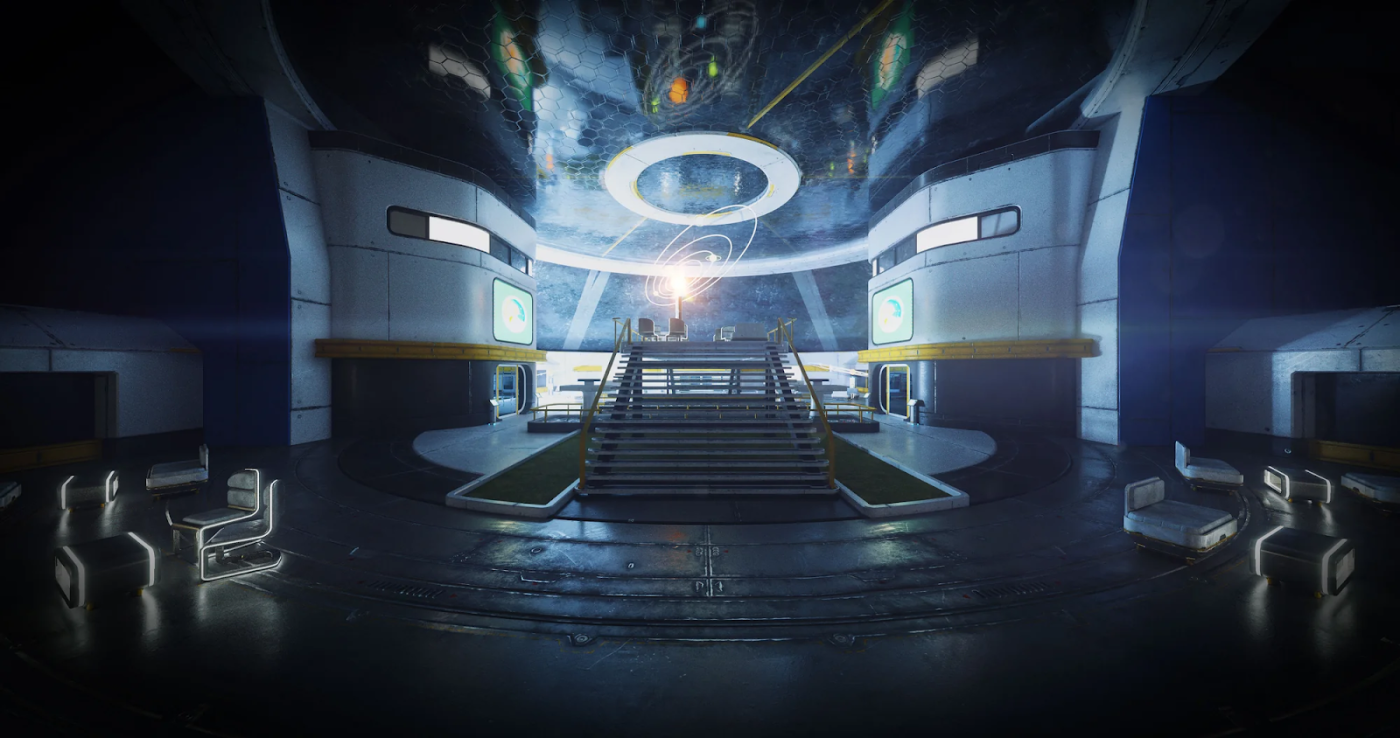You’ve built a 3D design project to be proud of. You’ve put in hours of labor and painstaking work to make your design just right. But you can’t forget the crucial and final step in any 3D project–rendering. But beyond buttons, plugins, and software, what is 3D rendering?
In this article, we’ll share everything you need to know about 3D rendering, including how it’s used, works, and more.
Short on time? Here’s what you need to know.
- 3D rendering creates a 2D image from a 3D design
- 3D rendering software calculates the pixels of a design’s color and light and converts them into a finalized or animated image sequence
- 3D rendering is for animation, visual effects (VFX), augmented reality (AR) and virtual reality (VR) experiences, video game design, architecture, and interior design
- Rendering software and plugins cost anywhere from $0 to $86 monthly
What is 3D rendering?
3D rendering is a blanket term for creating a 2D image from a 3D design. The actual act of 3D rendering is the final step of the 3D visualization process. After an object is designed in 3D, a 2D image of the 3D design is processed through rendering software.
For example, 3D rendering of an animated character for a video game converts a 3D-designed image for a gaming experience on a phone, tablet, or game system displayed on a monitor. The purpose of 3D rendering software is to produce detailed and crisp images of 3D designs.
3D rendering is for fields like:
- Animation
- VFX
- Video game design
- AR/VR experiences
- Architecture
- Interior design
How does 3D rendering work?
For 3D animation and video game projects, 3D rendering calculates each pixel of the design in the software based on color and light. Then, the design is finalized in a sequence of images (typically .png). For animation, 3D designers then take the rendered image collection and use video software to animate the designs.
Here are typical techniques used for 3D rendering:
- Ray Tracing: Simulates the passage of light in the real world
- Rasterization: Converts vector graphics into a raster image. A common gaming rendering technique
- Global Illumination: Like ray tracing, indirect light simulates interactions with surfaces and objects, such as shadows
- Scanline: Works row-by-row to scan a 3D object for faster rendering times. Typically used in architecture or interior 3D rendering
GPU vs CPU rendering.
Traditionally, there are two different types of rendering–CPU rendering and GPU rendering.
- Central processing unit (CPU) rendering uses the “brain” of the computer and tends to be more accurate.
- Graphics processing unit (GPU) rendering uses smaller cores and tends to run faster.
CPU rendering is used for precise, detailed imaging in professional services, such as architecture, medical, animation, and special effects, requiring extreme details.
GPU rendering is commonly used for video games and virtual reality because it renders these 3D assets for interactive graphics.
Historically, CPU rendering was standard for 3D animation and graphics. Still, in recent years, GPU rendering has advanced and is used in rendering software like Octane Render, Vray, and Arnold.
How to do 3D rendering.
The good news is that most 3D software includes a rendering tool as part of their platform. So, you don’t need to worry about the extra step of farming your project out. However, a range of render plugins on the market are compatible with platforms like Blender, Unreal Engine, Maya, Cinema 4D, and 3ds Max, which can help speed up the rendering process.
How much does a 3D rendering cost?
The cost of 3D rendering depends on the size and scale of your project, as well as if you purchased a render plugin. Typical 3D render software and plugins cost anywhere from $0 to $86 monthly.
Read our article to learn about the best 3D rendering software for video games, animation, and VFX designers.
Let’s get ready to render.
Now that you understand what 3D rendering is, you can start building something to render.
Cargo gives you access to over 15,000 premium 3D models and materials from KitBash3D (that’s us). With 1-click import to all the major 3D rendering software, powerful search and filtering, and a vast library of 3D assets from a wide variety of genres, Cargo houses one of the largest asset libraries for game, animation, and VFX design. Get ready to render and see the final product of your hard work. Happy KitBashing!




